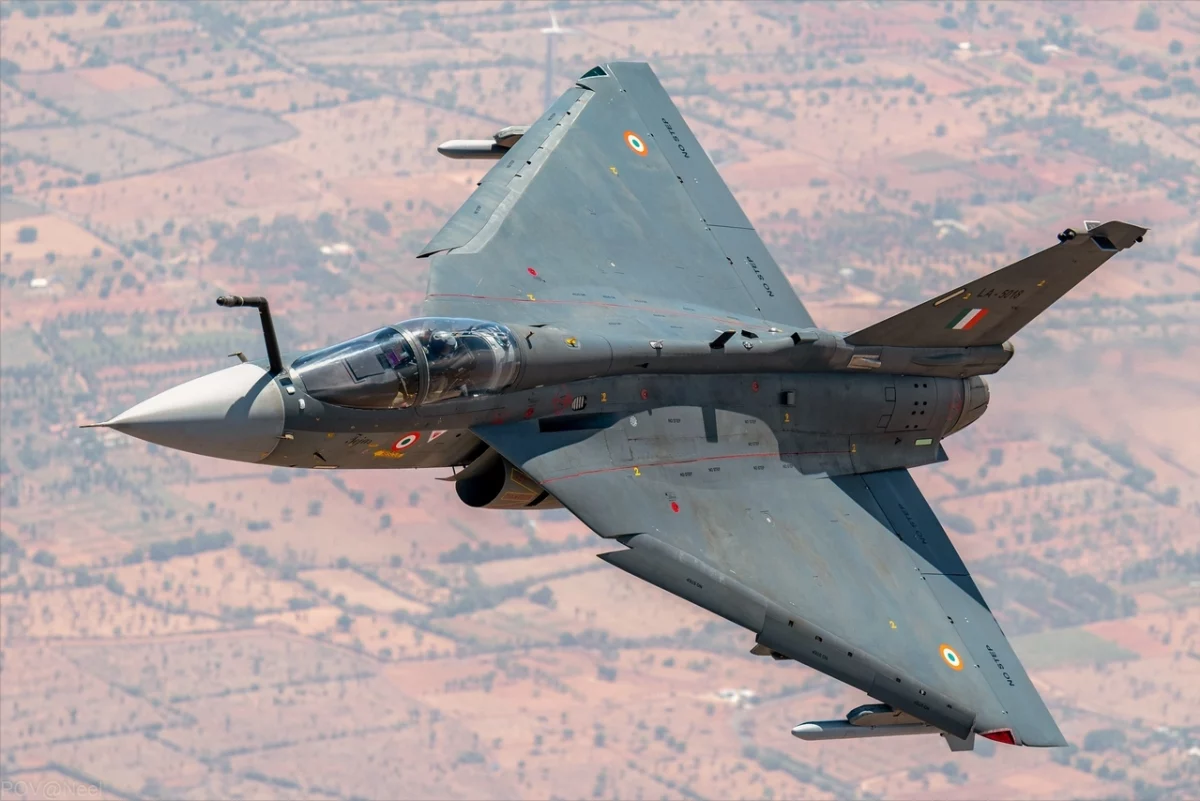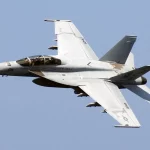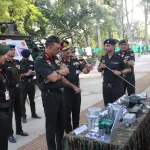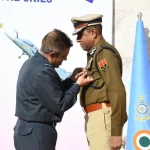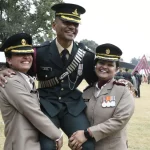In a milestone demonstration of networked air power, the Indian Air Force (IAF) and DRDO successfully executed an advanced Manned-Unmanned Teaming (MUM-T) maritime strike exercise off the Konkan coast, with a piloted Tejas fighter leading two unmanned aerial vehicles (UAVs) in coordinated sensor-to-shooter operations.
The trial — conducted within a designated NOTMAR no-sail zone around Goa and Karwar and concluding with a coordinated recovery at Dabolim — validated seamless command-and-control handoffs, real-time sensor fusion, and precision strike execution based on data relayed by autonomous UAVs. An Autonomous Control System (ACS) managed mid-mission role swaps and autonomous manoeuvres by the UAVs, allowing them to operate without direct human piloting from either the ground or the lead aircraft.
A key achievement was the successful sensor-to-shooter handoff: targeting data acquired by the UAVs’ payloads was transferred to the Tejas, which executed precision strike waypoints in a simulated maritime scenario. The exercise underscored robust C2 interoperability, resilient data links, and the potential to extend operational reach while reducing risk to aircrew in contested environments.
The demonstration ran alongside intensified tri-service activity — notably Exercise Konkan (with the UK Royal Navy) and Exercise Trishul — highlighting India’s growing emphasis on jointness and indigenous networked capabilities across the Arabian Sea. IAF and DRDO officials said the MUM-T trial represents a significant step in operationalising autonomous teaming doctrines that promise greater lethality, persistence and survivability for future maritime operations.

